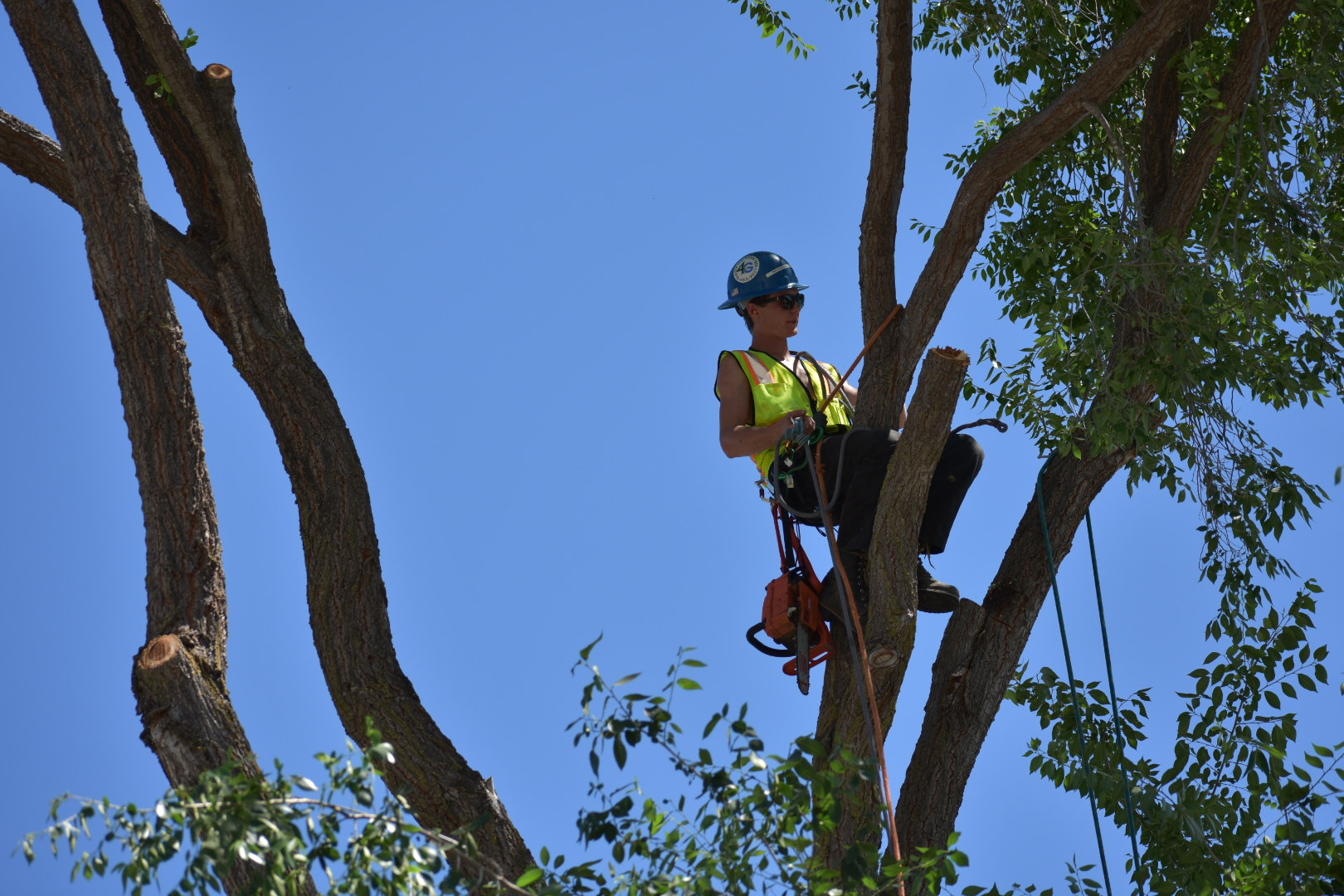Cabling & Bracing
Cabling and bracing are two tree support systems we use to help reinforce weak
or structurally unsound trees.
These systems are used to help prevent the failure of large branches or the entire tree during storms or high winds, which can pose a risk to people and property.
Cabling involves installing steel cables between the branches of a tree to help support them and reduce the risk of breakage. Cables are typically installed by a certified arborist or tree care professional, who will select the appropriate cable size and attachment points based on the size and weight of the branches being supported. Cabling can help to prevent the failure of large, heavy branches and is often used on older trees or trees with multiple trunks.
Bracing, also known as collar bracing or rod bracing, involves installing steel rods or brackets within the trunk of a tree to provide additional support and stability. Bracing can help to prevent the failure of the entire tree and is often used on young or newly planted trees that have not yet developed a strong root system. Bracing may also be used on trees that have structural problems, such as a split trunk or multiple trunks, that make them more susceptible to failure.
Both cabling and bracing are invasive procedures that can cause some damage to the tree and its structure. However, if properly installed and maintained, cabling and bracing can be effective in reinforcing weak or unsound trees and reducing the risk of failure.
It's recommended to consult with 4G Tree Arborists if you suspect that your tree may need cabling or bracing. We can assess the tree and determine the best course of action to ensure its stability and safety.

